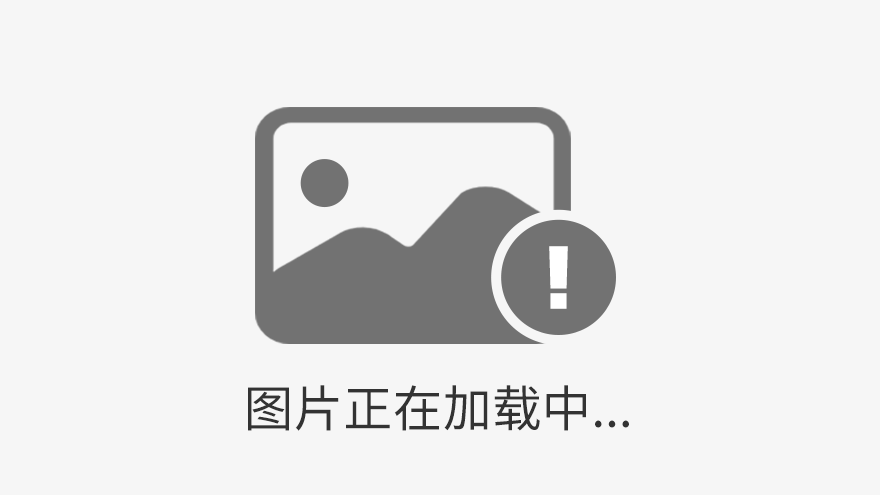本篇雅思培训中,朗阁小编将将结合一些例题,梳理雅思听力中的四种常见逻辑关系表述。
雅思听力考试中,干扰项常常会混迹于题目之中,增加考生们的听辩难度,考生错辩的原因在于信息太多或者来不及识别答案,其实在于没有熟悉典型逻辑表述的特点及规律,以做到准确识别隐藏在文中的重点信息。
本篇雅思培训中,朗阁小编将将结合一些例题,梳理雅思听力中的四种常见逻辑关系表述。
对比关系
对比关系主要体现在两个意群间的转折。要点在于通过连接词,在前后两条信息中突出其中之一,而被突出的信息往往就是答案。
因此,考生应当熟悉这一类型的常见连接词,如能在听题过程中听到,便能马上确定答案句的位置,并准确圈定答案。通常,听力中的对比关系连接词可分为三类,分别是表示“然而”、“但是”类的连接词;表示“而不是”类的连接词;表示“不像…, …才是…”类的连接词。
下面,我们将结合例题来具体分析各类对比关系连接词。
1“然而”、“但是”类的连接词
通常“然而”、“但是”类的对比连词,比如,but, however等,在句中的出现说明对比连词之前的表述只是铺垫,连词之后的信息才是句子传递的主要信息,即“答案句”。
例题:
Preferred location: in the 5. ________ (题目来源: Cambridge 5, T4, P78)
原文:
Q5: Well, I'm studying right in the center but I'd really like to live in the northwest.
解析:
结合例题和原文,可得出本题问的是“更中意的住所”,But构成了in the center 和in the northeast二者的比较关系,同时通过but 后的…really like… 突出了prefer的概念, 所以in the center只充当铺垫信息,but后的northwest才是正确答案。
2“而不是”类的连接词“
而不是”类连词的作用是通过否定连词后面内容,反衬其之前信息的重要性,所以主要信息(答案句)会位于连词之前。常见的“而不是”类连词有:rather than, instead of等。
例题:
Other requirements: own facilities
own television
7._____________(题目来源:Cambridge 5, T4, P78)
原文:
Q7: …and I'd also like the house to have a real garden rather than just a yard.
解析:
因为rather than的意思为“而不是…”, 处在 rather than后面的内容通常为被否定内容, 也就是说明本题原文中的 a yard为被否定内容,即正确答案是 rather than之前的 gardern。
3“不像…, …才是…”类的连接词
这类连词在于引导反例,主要信息(答案句)通常是反例后剩余句子部分。此类常见连词有:unlike; dislike等。
例题:
Q14:On Travelite Holidays, people holidaying alone pay
A. the same as other clients.
B. only a little more than other clients.
C. extra only if they stay in a large room.
(题目来源:Cambridge 4, T4, P82)
原文:
Q14: Unlike almost all travel operators who happily charge large supplements for single rooms, we guarantee that no single client will pay more.
解析:
由原文可得出本题的答案是A。文中先由unlike引导反例(不像其它旅行社对单人间收差价),之后紧跟答案句:no single client will pay more(单独旅行的客人不需要额外付钱),言下之意是:与其它客人花费一样。
并列关系
并列关系,体现两条信息的相近性。要点在于通过并列连词的提示,由已知信息推断出相应位置的缺失信息,即答案句。考生应熟悉典型的并列连词,听到时,能够*根据已知信息的位置,向前或向后识别出答案句。
常见并列关系连接词大概分为表达“和”“或”“而且”,以及“除…之外还有”两大类,具体见下方说明:
1“和”“或”“而且”类的连接词
常见表达有:and, also, or,both…and…,either…or… 等。
例题:
Visit places which have: ( 题目来源: Cambridege4, T1, P10 )
historical interest
good 1. _______
2. ________
原文:
Q1-2: …always places of historical interest and also which offer a variety of shopping, because our students always ask about that… and then we go for one where we know there's guided tours.
解析:
本题的解题关键是确定答案与已知信息之间是并列关系, 听辩时重点听取并列关系连接词,确定答案所在位置。本题中,考生将先听到已知信息 historical interest, 然后由并列连词 and also引出Q1答案 shopping,再由 and then引出Q2答案 guided tour。
2“除…之外还有”类的连接词
常见表达有:apart from, as well as等。
例题:
Experiment 3: 23. _______ and a jar of water. (题目来源:Cambridge 4, T4, P84)
原文:
Q23: Now for number three you need rock salt or copper sulphate… Well just put down the rock salt then, um, apart from that you only need a jar of water.
解析:
本题的解题关键是确定Q23答案同题面中的and a jar of water是并列关系,并在听力中定位并列关系词,之后再听取答案。在本题中,可代表并列关系的词是apart from…(除…之外还有), 而由于已知信息a jar of water在apart from…之后,则考生需要前推答案位置,即较终答案是apart from…之前的rock salt。
顺序关系
顺序关系,体现多条信息在流程上的先后衔接,多见于流程图题和提纲填空题。要点在于原文中通过典型连词,引出下一个环节、步骤或程序等。其中,与题干表述对应的顺序点,往往就是答案句所在位置。
考生应熟练听辨此类连接词,听题过程中一旦出现,马上做好准备,捕捉其后的答案信息。顺序关系连词种类繁杂,但可从三方面进行总结:
1. 引入部分:first系列 (firstly, in the first place, at first, the first step),start, begin, initially, originally…
2. 中间部分:second系列,then, next, after that, afterwards, going back to, on top of that, when…is completed, when you finish…
3. 结尾部分:third系列,finally, lastly, end with, close…
例题:
Start with information that makes the audience 32. _______
End with 33. _______ (题目来源:OG, T2, P176)
原文:
Q32: Right at the beginning, you should tell them something that forces them to pay attention.
Q33: After this you should summarize what you've presented and close with what I called ‘next steps’.
解析: 本题的解题关键是对应题干与原文中的顺序关系连词,并以此抓取答案句,识别答案信息。考生可在答题过程中先识别题干中的顺序关系表达start with,听题时同原文中的at the beginning对应,引出答案pay attention; 识别题干中end with, 听题时同close with对应,引出答案next step。
因果关系
因果关系,体现对某个事件的归因,或对某个意群的总结。要点在于通过因果关系连词,对上文描述进行原因归纳或给出结论,较终形成的归纳或结论就是答案

雅思托福 全套备考资料
扫一扫!进群获取独家干货!














